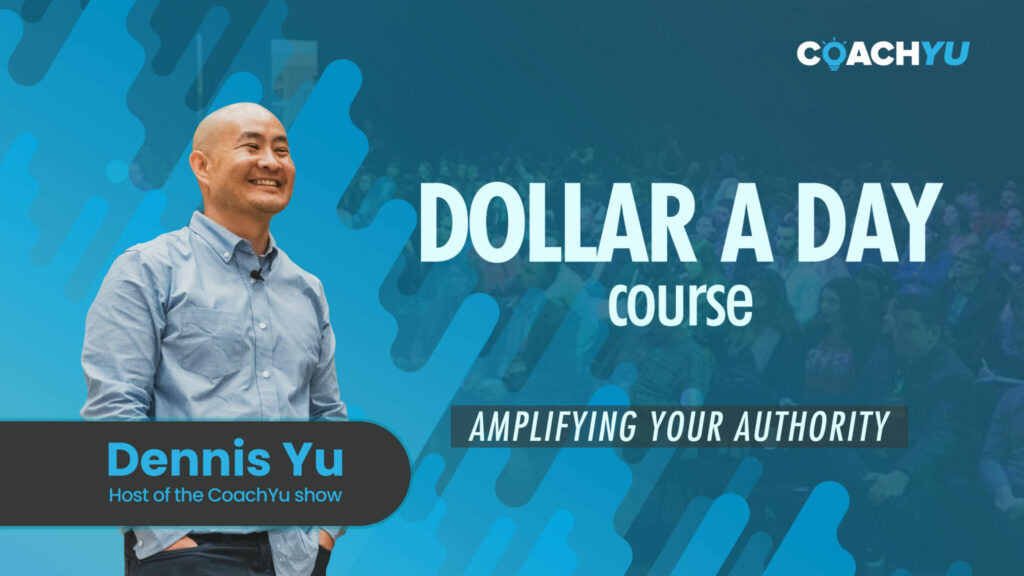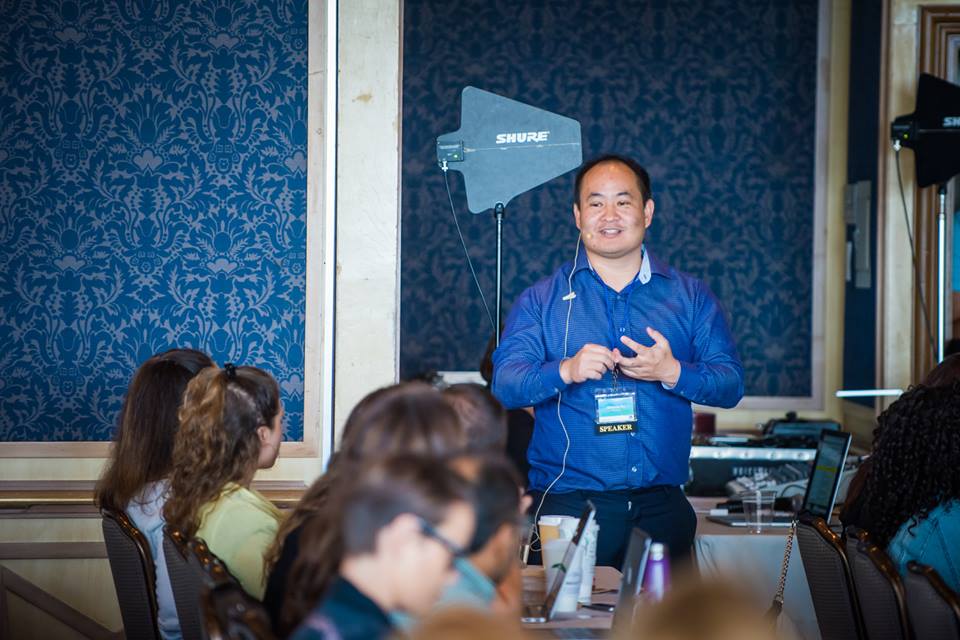How I Grew Gavin Lira From 12 Followers to 18,000 Using the Dollar-a-Day Strategy
Wondering how some people rise above the noise and get a high following on their social media accounts? Let me show you how I grew Gavin Lira’s account from 12 followers to 18,000 using the “Facebook for a Dollar-a-Day strategy.”
How I Grew Gavin Lira From 12 Followers to 18,000 Using the Dollar-a-Day Strategy Read More »

